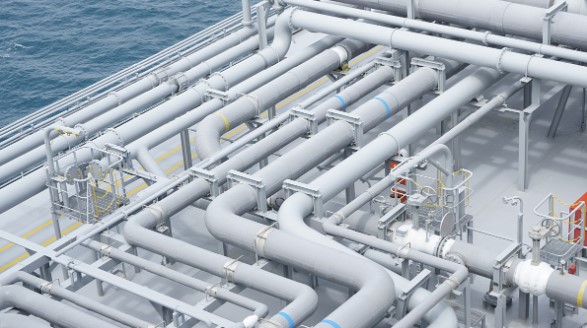GHGSat, the Canadian company that operates the world’s first and only high-resolution methane monitoring satellite system, has released its 2022 Methane Emissions Report, sharing key results and insights. The report highlights that GHGSat successfully launched three satellites in May 2022, doubling the size of its constellation. As a result, the company achieved a higher revisit frequency and greater coverage, measuring more emissions in 2022 than in the previous five years combined.
The expansion of GHGSat’s fleet allowed it to fine-tune its offshore monitoring expertise, measure numerous world-first emission events, and partner with global organizations such as the International Methane Emissions Observatory, the International Energy Agency, and S&P Global to open its data to broader analysis.
According to the report, GHGSat’s constellation of high-resolution satellites detected a 25% increase in emissions compared to 2021. In 2022, the company detected 179 MTCO2e methane emissions, equivalent to approximately 38.6 million cars driving on the road for a year. The satellites also observed over 500,000 sites across 69 countries.
The report shows that the oil and gas industry accounted for over half of all emissions observed and 47% of the measured emissions volume. China topped the list for coal mine emissions measurements, accounting for 33% of the volume of emissions observed. Observations over landfills nearly doubled compared to 2021, with over 1,100 observations performed.
GHGSat has plans to expand its satellite system even further in 2023, with the launch of six more satellites, one of which (GHGSat-C10) will host its first sensor dedicated to carbon dioxide emissions monitoring.
GHGSat’s high-resolution methane monitoring satellite system offers a new approach to measuring methane emissions. It provides a cost-effective and efficient solution for companies to monitor emissions and mitigate environmental impacts. With the increasing global focus on reducing greenhouse gas emissions, greenhouse gas measuring satellites are becoming essential for governments and organizations to measure, monitor, and reduce emissions.





